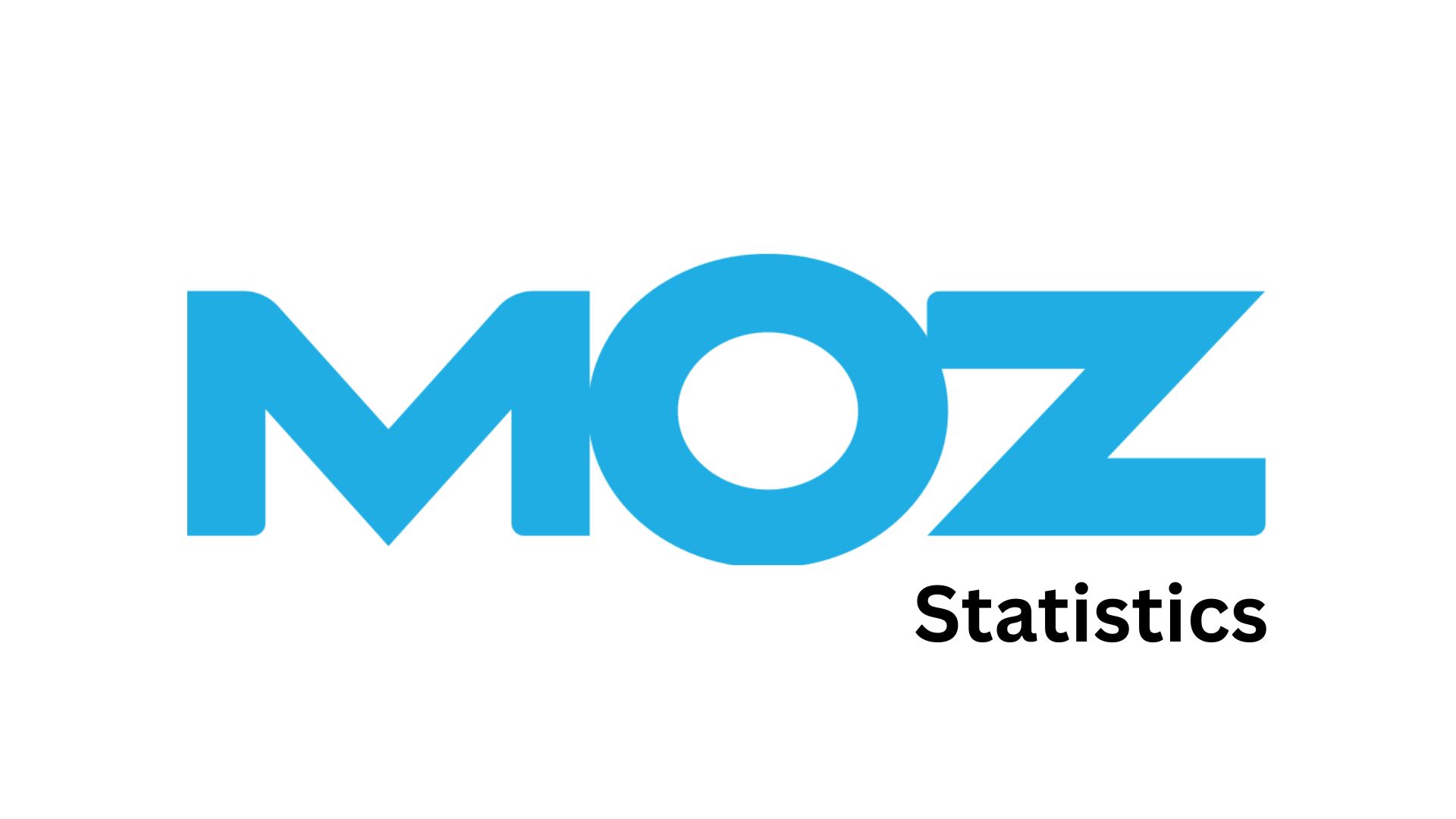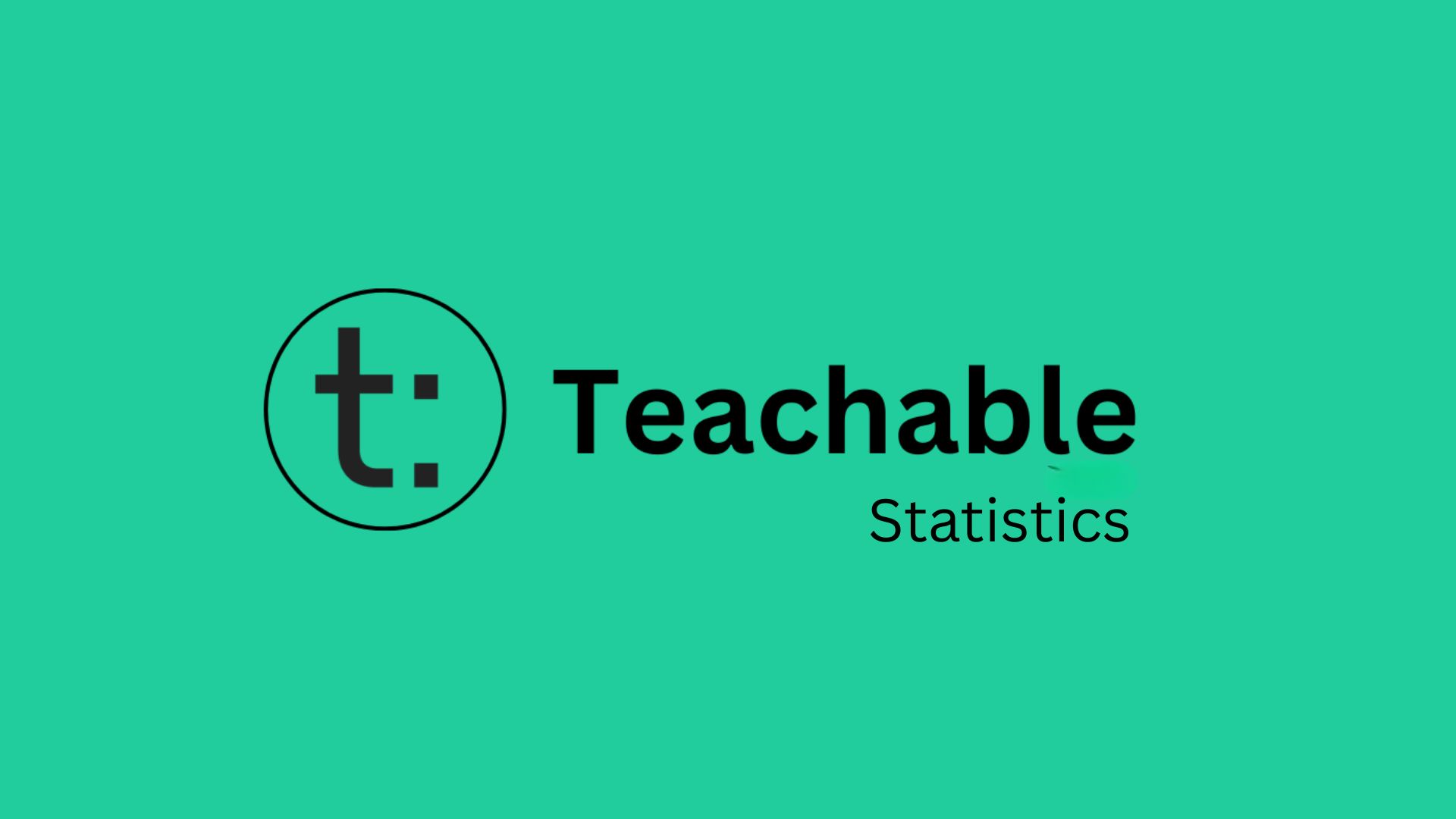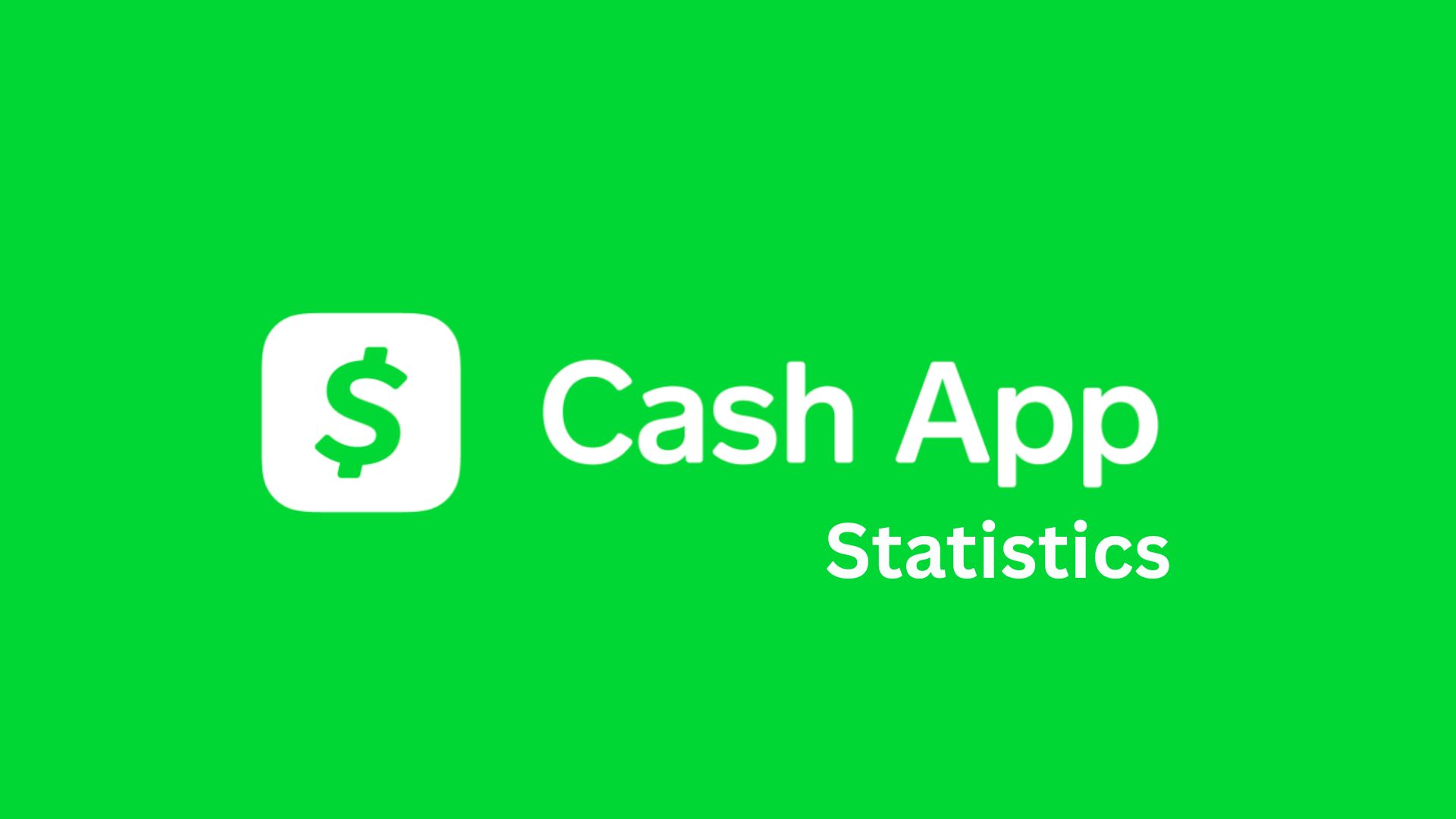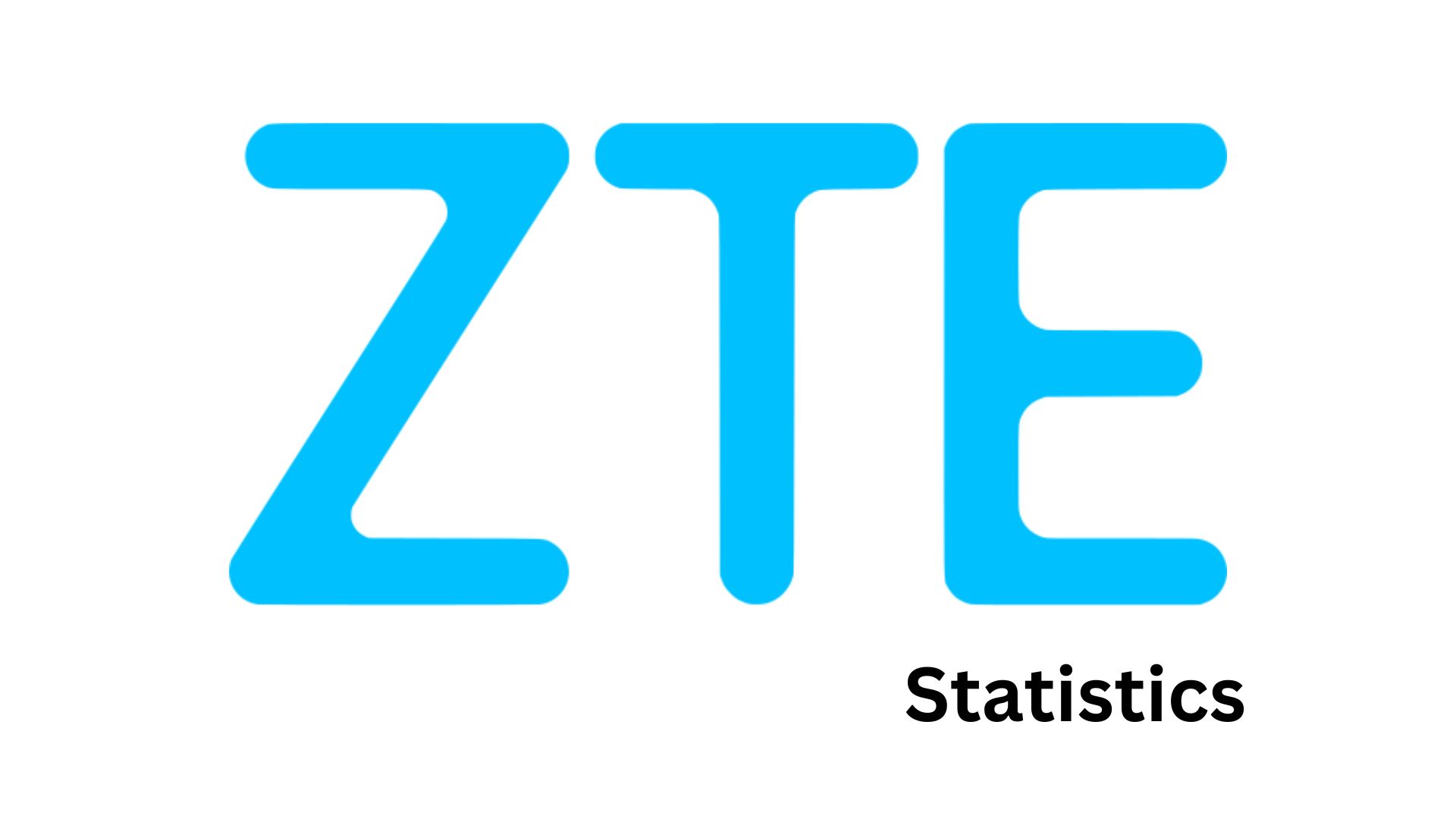Coursera vs Udemy Statistics By Market Share And Revenue (2025)
Updated · Jun 23, 2025

Table of Contents
Introduction
Coursera vs Udemy Statistics: In 2024, settling their battle in the booming global e-learning sector, both Coursera and Udemy further try. Coursera, the one selling university-backed credentials and degree programs, and Udemy, the marketplace-style platform with an enormous variety of courses, have each announced changes in growth patterns, revenues, and market focus.
This article shows Coursera vs Udemy statistics regarding the learner counts, revenues, and segment performance with some dry numbers, percentages, and sources, separate from strategic trends.
Editor’s Choice
- Coursera had US$694.7 million, up 9% compared to 2023, while Udemy took in US$786.6 million, but it had patchy segment performances.
- Consumer, Enterprise, and Degree segments of Coursera grew by 9%, 9%, and 13%, respectively, whereas Udemy’s Consumer revenue decreased from US$420.6M in 2023 to US$364.3M by Q3 2024, and its Business revenue further lagged behind the previous year’s US$ 308.3M.
- Learners recorded by Coursera stood at 168.2 million at the end of 2024, a 19% increase year-on-year, against Udemy learners numbered 77 million, with net additions of just about 8 million, compared to Coursera’s 26.3 million.
- In Q4 2024, there were 26,700 students enrolled in Coursera degree programs, showing a 22% growth from the past year; Udemy does not provide degree programs.
- Among Coursera students, enrollments amounted to 49.5 million, Video Views reached 585.2 million, and Assessments have been completed 98.2 million times; without Udemy releasing corresponding numbers, thus the comparison is unreal.
- Coursera’s gross margins improved from Consumer (53% to 54%) and Enterprise (68% to 69%) and sustained 100% for Degrees, with Udemy not providing segment margin data.
- For LMS market share, Udemy weighed at 4.24% (5th place), while Coursera was at 2.80% (9th place), behind names like Google Classroom and Moodle.
- In tandem, Coursera had 12,300 learning products, comprising 9,200 courses and 50+ accredited degrees, whereas Udemy had 250,000 course offerings, underlining their preference for volume and variety.
- The gross profit of Coursera rose by 13% in 14-24 to US$371.4 million, whereas Udemy had to suffer a 2% FX headwind despite robust enterprise momentum.
- Coursera took control when it came to costs, saving US$3.8M in translation and US$1.3M in support. Meanwhile, Consumer revenue at Udemy fell by 5% to US$292.1M, with the Q4 consumer segment revenues falling 7% to US$ 69.8 M.
- Udemy Business grew 18% to US$494.5 million in 14-24, while AAR grew 11% to US$516.9 million, but it still faced profitability issues.
Revenue By Segment
Coursera Revenue

(Reference: missiongraduatenm.org)
Udemy
| Year | Consumer Segment Revenue |
Business Segment Revenue
|
| 2019 | $225.5 million | $50.9 million |
| 2020 | $326.4 million | $103.4 million |
| 2021 | $328.7 million | $187.0 million |
| 2022 | $359.5 million |
$239.7 million
|
| 2023 | $420.6 million |
$308.3 million
|
| 2024 (As of Q3) | $364.3 million |
$222.3 million
|
(Source: grabon.in)
- According to Missiongraduatenm and Grabon, Coursera vs Udemy statistics state that in the course of 2024, the total revenue of Coursera reached US$694.7 million, a 9% rise from US$635.8 million in 2023, seeing all three divisions post decent growth.
- The largest division, Consumer, stood at US$398.1 million-US$32.9 million, or 9% higher than US$365.2 million in 2023.
- Enterprise revenue went up by US$19.3 million from US$219.5 million to US$238.9 million, also reflecting a 9% growth rate.
- Meanwhile, the Degrees segment of Coursera saw the fastest growth with a 13% growth rate, as revenue grew US$6.7 million, from US$51 million to US$57.7 million.
- Compared to that, Udemy’s Consumer segment revenue as of Q3 2024 stood at US$364.3 million, down from US$420.6 million in 2023.
- While Coursera saw growth in every segment, Udemy saw a fall in consumer revenue, and the business segment underperformed from the previous year, signaling that, unlike Udemy, Coursera enjoyed somewhat balanced and steady momentum in its revenue streams in 2024.
Registered Learners
Coursera

(Reference: missiongraduatenm.org)
Number Of Udemy Learners
| Year |
Number of Udemy learners
|
| 2019 | 40 million |
| 2020 | 44 million |
| 2021 | 49 million |
| 2022 | 59 million |
| 2023 | 67 million |
| 2024 | 75 million |
(Source: grabon.in)
- In 2024, there were 168.2 million registered learners with Coursera, showing a 19% increase from 141.9 million registered learners in 2023, whereas Udemy states total learners during the period to be 77 million, depicting a comparatively slower overall growth.
- The number of new users stands at 26.3 million in 2024, compared to 23.7 million in 2023 and 21.5 million in 2022, indicating a steady growth rate.
- On the contrary, Udemy managed to add 8 million new learners in 2024, a great contrast to the new users Coursera gained.
- Coursera also recorded the highest engagement in degree programs, with 26,700 enrollments in the fourth quarter of 2024, reflecting a 22% increase year-on-year, which presents no comparable metric for Udemy, since it does not offer degree programs.
- Notable also is that the third quarter of 2024 was Coursera’s strongest quarter for degree enrollments, as the number of students went up by 29% over Q3 2023 from 20,400 to 26,400.
- Concerning learner activity, the Coursera platform recorded 49.5 million enrollments in 2024 (an increase of 9–10%), 585.2 million lecture video views, and 98.2 million assessments completed, thus reflecting a strong level of engagement not quantified to this extent by Udemy for 2024.
- From a profitability perspective, gross margins improved for Coursera across most segments: Consumer rose to 54% from 53%, Enterprise to 69% from 68%, while Degree remained unchanged at 100%.
- These margin improvements illustrate that Coursera has become more efficient operationally, whereas Udemy, still losing money, has not declared similar improvements in gross margins on a segment level.
- In essence, Coursera witnessed better growth between 2022 and 2024 compared to Udemy and managed to retain a higher level of engagement; between 2022 and 2024, Coursera’s financial and operational developments also demonstrated strength.
| Rank | Learning Management System |
Market Share
|
| 1 | Google Classroom | 10.65% |
| 2 | LinkedIn Learning | 10.62% |
| 3 | Moodle | 9.55% |
| 4 | TalentLMS | 4.70% |
| 5 | Udemy | 4.24% |
| 6 | Cornerstone OnDemand | 3.12% |
| 7 | Instructure | 3.07% |
| 8 | Adobe Captivate | 2.92% |
| 9 | Coursera | 2.80% |
| 10 | Thinkific | 2.71% |
(Source: open2study.com)
- Google Classroom was the LMS market leader, accounting for 10.65% of the market, just ahead of LinkedIn Learning with 10.62%.
- Moodle held the third position with 9.55%, and this market share shows its strong footing in educational institutions.
- Ranking fourth with 4.70%, TalentLMS is followed in fifth place by Udemy at 4.24%, which also shows its presence in the arena of course marketplace as well as an LMS.
- Adobe Captivate, Thinkific, and Instructure get hold respectively to a market share of 2.92%, 2.71%, and 3.07%, while Coursera ranks ninth at 2.80%, while also holding consequent position in instutional adoption right after Google Classroom and Moodle, thus suggesting that Coursera and Udemy still stay behind in institutional adoption as compared to Google Classroom and Moodle.
Number of Courses And Offering
Coursera
| Category |
Number of Offerings
|
| Total Courses | 12,300+ |
| Regular Courses | 9,200+ |
| Guided Projects | 2,000+ |
| Specializations | 1,200+ |
| Online Degrees |
50+ (Bachelor’s & Master’s)
|
(Source: missiongraduatenm.org)
Number Of Udemy Courses
| Year |
Number of Courses
|
| 2019 | 130,000 |
| 2020 | 183,000 |
| 2021 | 185,000 |
| 2022 | 213,000 |
| 2023 | 210,000 |
| 2024 | 250,000 |
(Source: grabon.in)
- Coursera in 2024 features more than 12,300 total learning products; beyond 9,200 regular courses, there are about 2,000 guided projects, 1,200 specialisations, and more than 50 online degrees fully accredited at the bachelor’s and master’s levels.
- Udemy, however, is seen as a platform placed for sheer volume and scale, breaking even further records this year with 250,000 courses, an increase from 210,000 in 2023 and 213,000 in 2022 after a brief dip, possibly caused by cleansing for content and quality.
- In the case of Coursera, the emphasis is on structured courses and credentialed pathways with university-level academic rigour, including degrees conferred by universities.
- In contrast, Udemy accepts a truly broad and growing content availability, largely due to its larger instructor base and, possibly, AI-generated courses as well.
- Coursera courses are curated and aligned to academic and enterprise standards, whereas Udemy courses could very well be all about accessibility to the mass market on rapid course expansion.
- Coursera, consequently, works on depth and accreditation, whereas Udemy goes for breadth and flexibility.
Financial Highlights
Coursera

(Source: missiongraduatenm.org)
Udemy

(Source: udemy.com)
- According to Company report and Missiongraduatenm, Coursera vs Udemy statistics indicate that in 2024, Coursera reported a gross profit of US$371.4 million, up 13% from US$329.8 million in 2023, whereas Udemy reported a superior total revenue figure of US$786.6 million but with the downside of a 2% negative foreign exchange rate incidence.
- Coursera’s gross margin rose marginally from 52% to 53%, while the Consumer segment margin was at 54% from 53%, and Enterprise jumped from 68% to 69%.
- Udemy Business, meanwhile, recorded US$494.5 million in revenue with an 18% YoY growth, affected by FX adjustments as well.
- While Coursera’s revenue costs rose 6% because of increased fees paid to educator partners and platform costs, some decrease in costs was realised for translation (US$3.8 million) and support services (US$1.3 million).
- Udemy’s Consumer segment witnessed a revenue decrease by 5%, reaching US$292.1 million per annum, again hit by the same two percentage points of FX.
- Coursera preserved its 100% gross margin under its Degree segment, proving its operational efficiency, while Udemy did not disclose similar margin information for its business segments.
- Cost control measures helped Coursera maintain profitability despite the varying costs of revenue, suggesting a strong operational efficiency orientation.
- Udemy shows the mix: its enterprise revenue performed well, ARR grew by 11% to US$516.9 million, and US$199.9 million revenue for Q4 2024, a 5% increase over the last year.
- On the other hand, in Q4, the Consumer segment struggled with revenues down by 7% to US$69.8 million.
- At the end of 2024, Udemy had cash reserves of US$355.7 million, while Coursera had stronger cost control and segment-wise profitability gains, leading to a longer-term financial path for sustainment.
Conclusion
Coursera vs Udemy statistics: Coursera and Udemy followed different courses in e-learning in 2024. Coursera showed steady revenue growth and profitability for the first time, building credential-led learning strengths and degree programs. Udemy grew through enterprise B2B sales to US$494.5M from enterprise customers, with a decline in consumer revenue, pushing overall revenues to US$ 786.6 M.
Coursera is one step ahead in financial strength and academic credibility; Udemy boasts of sheer content coverage and a strong corporate training machine. It will be competing shortly; however, their contrasting pathways give them a good footing in the ever-changing marketplace.
FAQ.
Udemy reported total revenue of US$786.6 million, while Coursera earned US$694.7 million. However, Coursera was noted for having balanced growth across business segments, while Udemy’s Consumer revenues declined and impacts from foreign exchange offset growth in its
Enterprise (Business) segment.
By the end of 2024, Coursera reported having 168.2 million learners, which was an increase of 26.3 million new users, while Udemy had 77 million learners, with about 8 million new learners. Coursera also has much higher engagement, with 49.5 million course enrollments, 585.2 million lecture views, and 98.2 million assessments completed. Udemy has not released comparable engagement data.
Coursera offers upward of 12,300 structured learning products, including over 9,200 courses, 2,000 guided projects, and about 50 accredited online degrees, stressing academic rigour and credentials. Udemy, on the other hand, offers more than 250,000 courses and focuses on quantity, accessibility, and flexible self-paced learning, with many of its courses being instructor-created or even AI-generated.
Coursera recorded a gross profit of US$371.4 million, up 13% from the preceding year, improving gross margins for Consumer (54%), Enterprise (69%), and Degrees, staying flat at 100%. It saved US$5.1 million in operational expenses because of translation and support efficiencies. Udemy, despite strong growth in enterprise revenues, saw Consumer revenue drop 5%, with the impact of foreign exchange losses. Clearly, Coursera performed better in terms of cost control and segment-level profitability. The Big Names in Market Share Among Learning Platforms In the LMS Market: Udemy had a share of 4.24%, ranking 5, with Coursera having 2.80%, ranking 9.

Aruna Madrekar is an editor at Smartphone Thoughts, specializing in SEO and content creation. She excels at writing and editing articles that are both helpful and engaging for readers. Aruna is also skilled in creating charts and graphs to make complex information easier to understand. Her contributions help Smartphone Thoughts reach a wide audience, providing valuable insights on smartphone reviews and app-related statistics.









